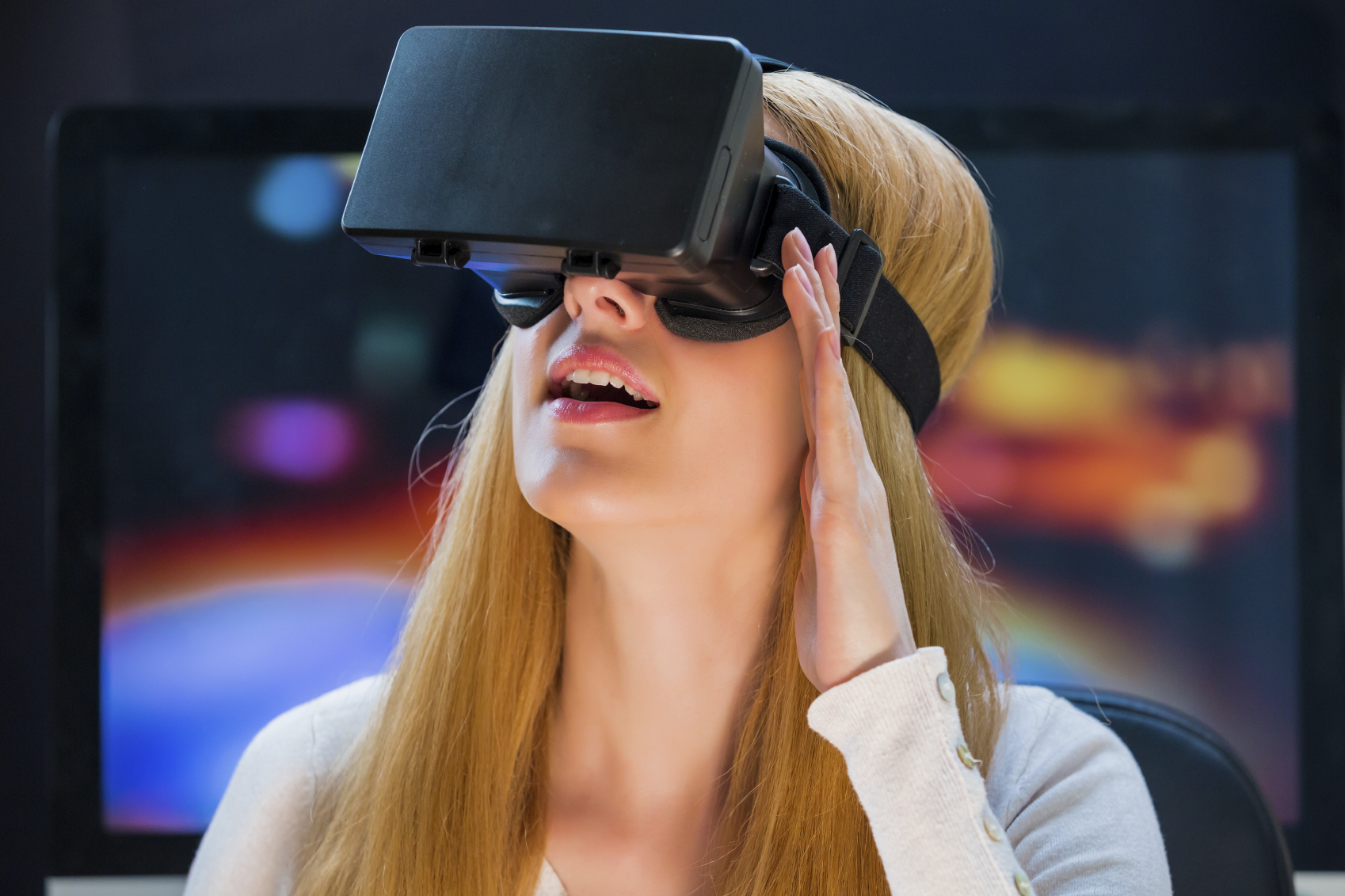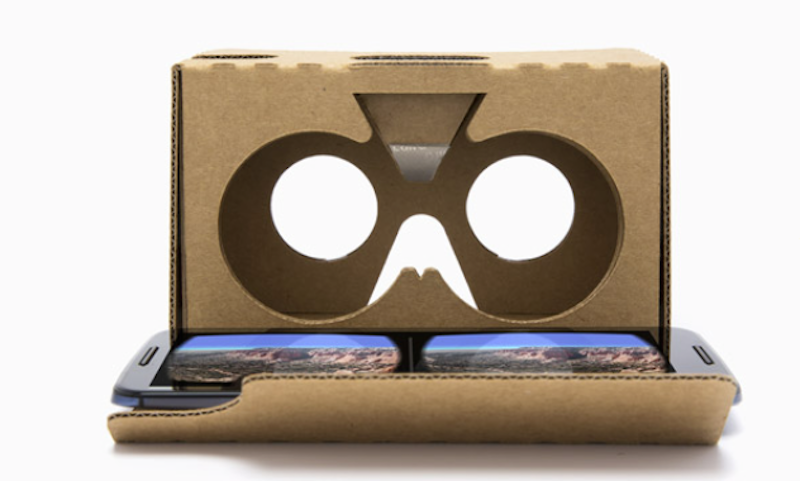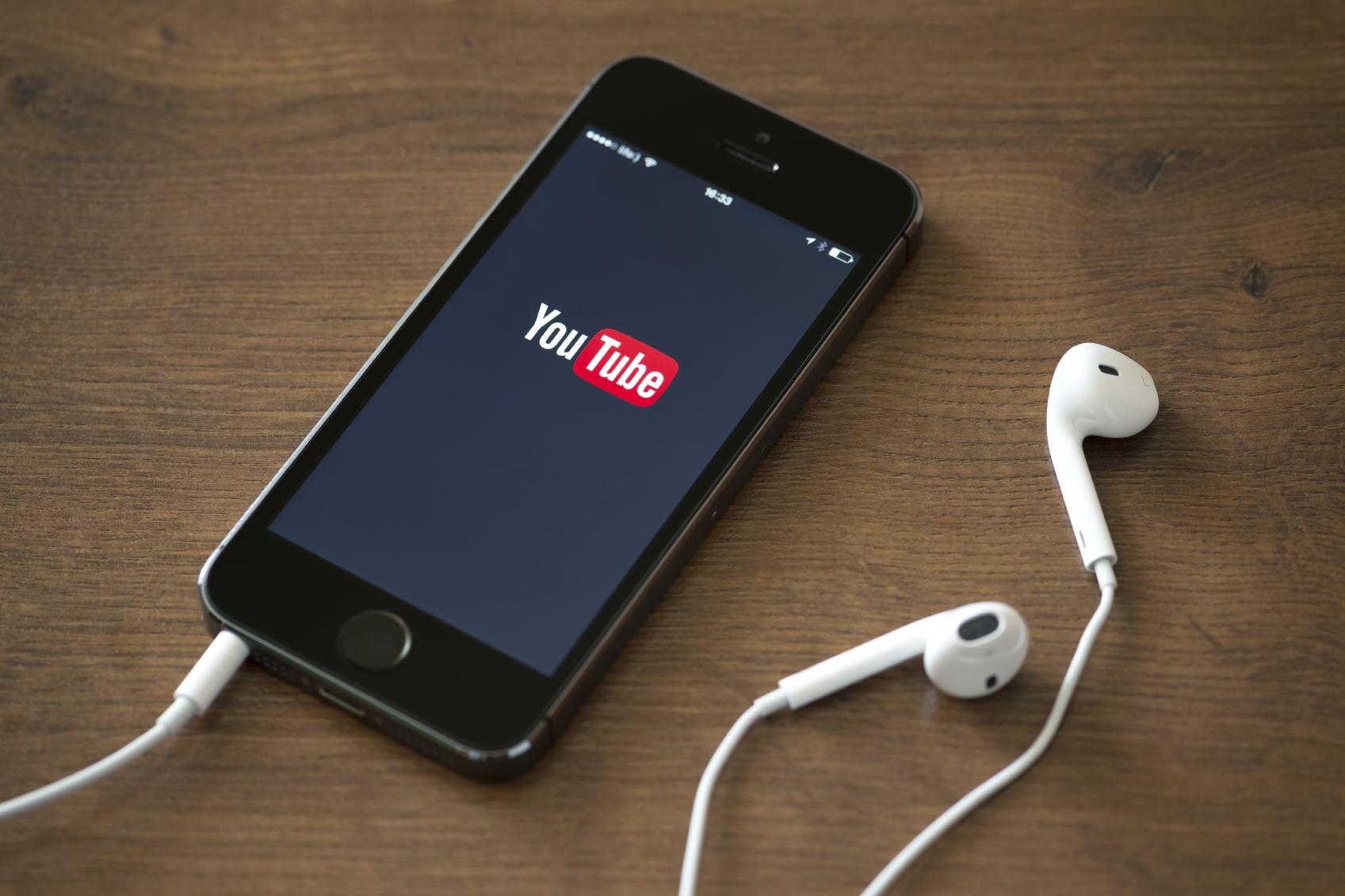What Happened
Starting last year, the Sundance Film Festival has attracted and showcased the best and newest in virtual reality (VR) content with its New Frontier show. This year, the Utah-based festival featured over 30 VR-related content and experiences, and together they point to the way that content creators are exploring the possibilities of storytelling in virtual reality.
For example, 6×9 offers an immersive experience of solitary confinement to spark debate on prison reform, while Kiya recreates the circumstances of a 911 call, leveraging the empathy-inducing power of VR experiences to shine a light on domestic abuse. On a lighter side, Oculus Story Studio previewed Dear Angelica, a dreamy experience created in virtual reality using Quill, a VR illustration tool developed by Oculus. It is not fully interactive as VR games are, but allows viewers to examine different parts of a scene and move between scenes at their own pace, hence creating a unique experience for each individual viewer.
What Brands Need To Do
Overall, the new VR content that appeared at Sundance this year signals the continued diversification and maturing of VR content development, making it less of a tech novelty and more of a nascent medium to experiment with. Besides, virtual reality content should also get a boost from the proliferation of 360-degree cameras we saw at this year’s CES while companies like Facebook and YouTube have started making a push for spherical videos.
For brands, this should come as a harbinger for the vast potential of branded VR content. Instead of just transporting traditional video content into VR, brands should work closely with content creators to tap into the immersive and empathic power of VR to craft unique narratives to engage consumers with.
Source: The Verge






